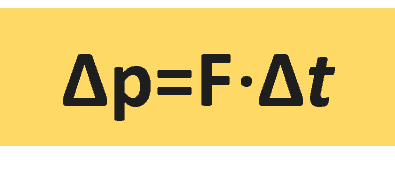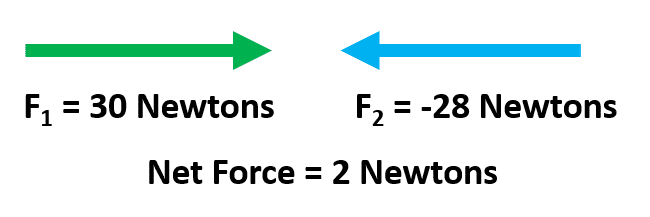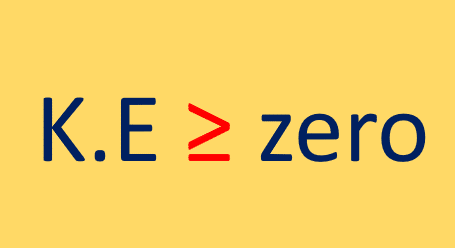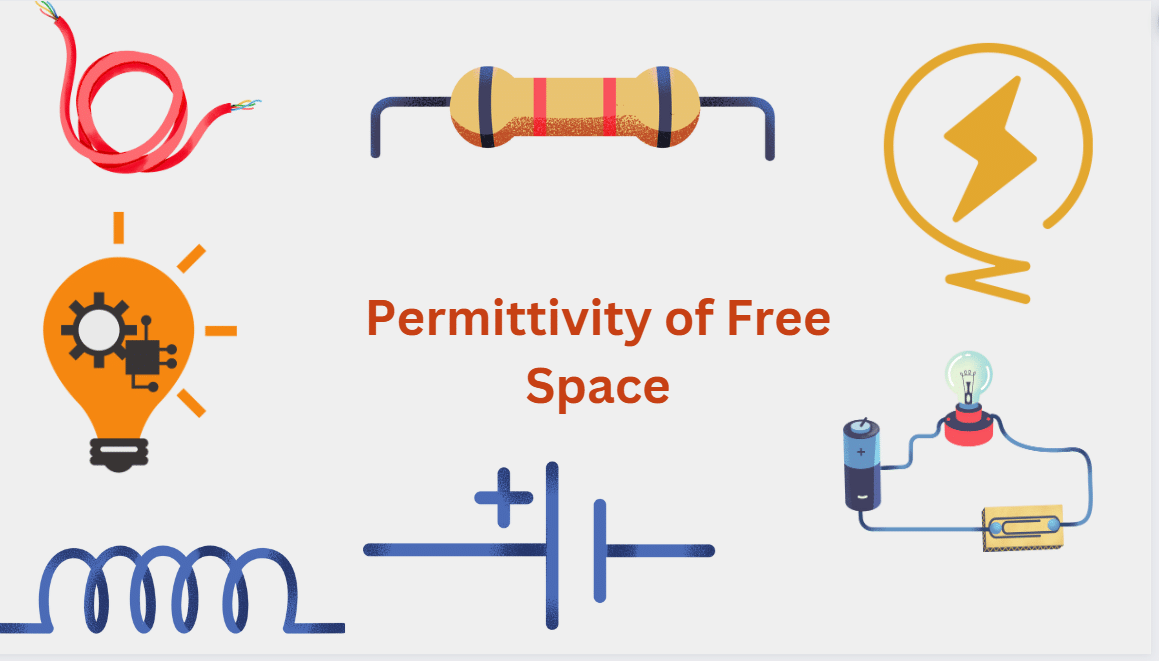The momentum equation is simply the product of the mass (m) and velocity (v) of a moving object.
If an object is moving and has mass, then it has momentum.
The term “momentum of a body” refers to the quantity of motion a body possesses due to its mass and velocity. It is a measurable quantity because if an object is moving and has mass, then it has momentum.

Table of Contents
Units

- Kg.m/sec (SI unit)
- N.sec
- kg.mi/hr
- kg.km/hr, and g.cm/s

Key Points
- Mass in Motion
- The product of mass and velocity (momentum equation)
- If an object is moving, then it has momentum.
- Vector quantity (it has both magnitude and direction).
- Δp is called Force
- The momentum of any collection of particles is equal to the vector sum of the individual moments.
Momentum Examples

- A 1000 kg car moving at 15 m/sec has a momentum of 15,000 kg/m/sec as a result of multiplying the mass and the velocity.
- A basketball ball having a 2 kg mass and a 6 m/s velocity moves to the east.
- A car having a 15 m/s velocity and a 1500 kg mass moves to the north
- An object having a mass of 25kg and a velocity of 2m/s moves to the west
Zero momentum?

Momentum is expressed by the letter p. So by the momentum equation, p = m x v. Therefore if any object of any mass is not moving, its momentum is zero because its velocity is zero.
Is momentum a vector quantity?

Momentum is a vector quantity. It is a quantity that is fully described by both magnitude and direction.
For instance, if a 10-kg ball is moving at 5 m/sec, it is not enough to say that the ball has 50 kg.m/sec of momentum; the momentum of the ball can’t be described until information about its direction is given. The direction of the p vector is the same as the direction of the velocity of the ball. If the ball is moving eastward, then its p can be fully described by saying that it is 50 kg.m/s, eastward.
Momentum equation-Law of conservation of momentum
The Law of conservation of momentum states that in an isolated system of two or more interacting bodies, their constants remain constant.
Consider an isolated system of two spheres of mass m1 and m2 as shown in the figure.
Both objects are moving in a straight line with initial velocities of u1 and u2 respectively, such that u1 is greater than u2. The sphere of mass m1 approaches the sphere of mass m2.
Initial p of mass m1 = m1u1
Initial p of mass m2 =m2u2
Total p before collision = m1u1+m2u2

After some time m1 hits m2 with some force. According to Newton’s third law of motion, m2 exerts an equal and opposite reaction force on m1.
Let their velocities become v1 and v2 respectively after the collision.
Final p of mass m1 = m1v1
Final p of mas m2 = m2v2
Total p after collision = m1v1+m2v2
According to the law of conservation of momentum
Initial p = Final p
m1u1+m2u2 = m1v1+m2v2
The above equation shows that the momentum of an isolated system before and after collision remains the same which is the law of conservation of momentum.

Example
- The air-filled balloon works on the law of conservation of momentum. A balloon and an air insider form a system. Before releasing the balloon, the system is at rest, and the initial moment of the system is zero. As soon as the balloon is set free, air escapes out of it with some velocity. The air coming out of it possesses momentum. To conserve momentum, the balloon moves in the direction opposite to that of the air rushing out.

Example
Rocket jet engines also work on the principle of momentum conservation. Hot gases produced by the burning of fuel rush out with great momentum. As a result, the rocket gains equal and opposite momentum. This enables it to move at a very high velocity.
Impulse

Since the momentum is m.v, the quantity m.Δv must be equal to the Δp .
Newton’s second law (Fnet = m. a) states that the acceleration of an object is directly proportional to the net force acting upon the object and inversely proportional to the mass of the object.
Fnet = m. a (Newton’s second law of motion)
p = m.v
Therefore, Δp=m⋅Δv (Δv = a⋅Δt)
Δp=m⋅a⋅Δt=F⋅Δt
In physics, the quantity Force x time is known as an impulse. It quantifies the overall effect of a force acting over time. Its unit is N.sec.
Example Problem
Example Problem: A bullet of mass 20 g is fired from a gun with a muzzle velocity of 100 m/sec. Find recoil if its mass is 5 kg.
mass = 20g =0.02 kg
velocity = 100 m/sec
M = 5 kg
V =?
MV+mv =0
5kg x V +(0.02 kg)(100 m/sec) = 0
V = (0.02 kg)(100 m/sec)/5 kg = -0.4m/sec
The negative sign indicates that the gun recoils i.e. moves in the backward direction opposite to the motion of the bullet with the velocity of 0.4 m/sec.
Velocity Time Graph
A velocity-time graph illustrates the speed and direction of an item over a certain time period. Speed-time graphs are another name for velocity-time graphs. The velocity of an item is represented by the vertical axis of a velocity-time graph. The horizontal axis represents the time since the beginning.
Important Links
Center of mass and Center of Gravity
Mechanical Energy| 7 Easy Daily Life Examples
Flexural Strength- An Overview
Centripetal Acceleration| 9- Easy Examples
Displacement| Physics
Summary
- The momentum of an object is fully described by both magnitude and direction.
- The momentum equation is p= mass x velocity.
- Δp is equal to impulse (product of force and time).
Frequently Asked Questions (FAQs)
1. What is the momentum equation?
The momentum equation is p= m x v.
Where p is the momentum of a moving body with mass “m” and velocity “v”.
2. Can kinetic energy be negative?
Kinetic energy (K.E) is always greater than or equal to zero.
It is equal to one-half the product of its mass and the square of its velocity.
Since the mass of an object can never be zero, the square of velocity makes the answer positive.
Therefore, kinetic energy is always a positive quantity.
3. Can Work be negative?
Work is done when a force acting on a body displaces it in the direction of a force. For example, the work done by a moving object equals 1 Joule when a force of 1 Newton is applied over 1 meter of distance. Since the applied force can be negative or positive, work can be negative or positive.
The motion of a body against the force of friction is an example of negative work.
4. Can displacement be negative?
Displacement can be negative since it is a vector variable that depends on magnitude and direction. The negative sign just indicates the direction. Check the full article “can displacement be negative?”.
5. What is a state function?
A state function is a property that depends on the state of a system and is independent of the path taken to get it. Pressure and temperature, for example, are state functions.
6. What is negative work?
Work can be negative if the applied force is in the opposite direction to the moving object’s displacement. Please refer to the full article “Can work be negative?”.
7. What is atmospheric pressure?
Atmospheric pressure is the force imposed on things by the air or the Earth’s atmosphere.
The average value of atmospheric pressure at sea level is specified as 1 atmosphere (atm).
8. Displacement physics?
Displacement in physics is a vector with a length equal to the shortest distance between the initial and final positions of a moving object.
9. What is gravitational potential energy?
Gravitational potential energy (w) is the energy that an item has as a result of its location in a gravitational field. If the item is pushed straight up at a constant speed, the force (F) necessary to hoist it to the height (h) is equal to its weight (mg).
Author
Umair Javed
Umair has been working at Whatsinsight since 2020 as a content writer.
He has a Masters degree in Materials Science.
- BCl3 Lewis Structure in four simple steps - November 1, 2023
- PH3 Lewis Structure in four simple steps - October 8, 2023
- PF3 Lewis structure in four simple steps - September 24, 2023



